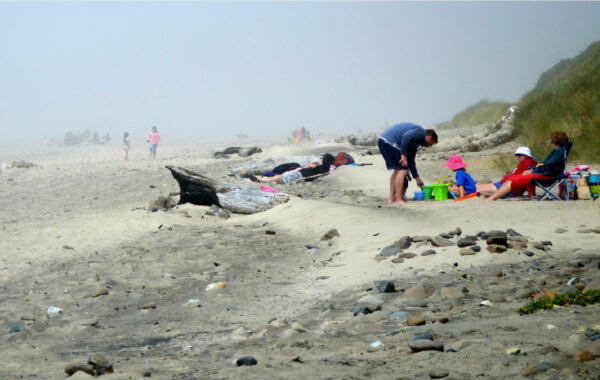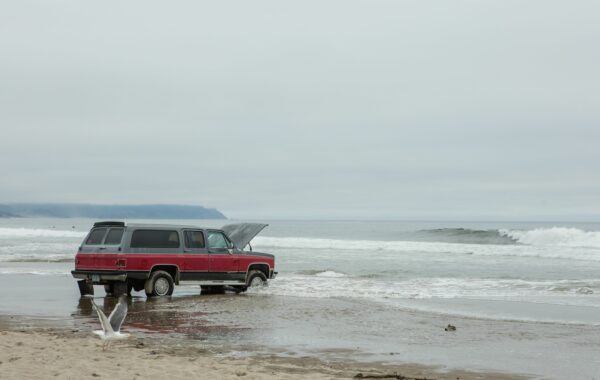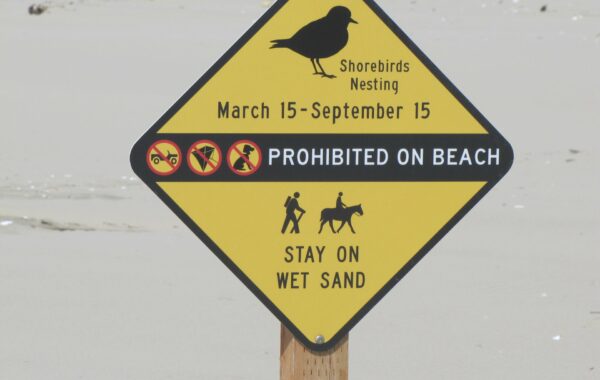Shoreline and Land management
Individuals can make a difference by treating beaches and tidepools with respect, and encouraging others to do so.

We love our Oregon coast and its public shoreline, and must work to keep it pristine for future generations. Visiting our public shoreline, fundamental though it is to Oregon’s identity, can have environmental impacts. Educating ourselves about best practices on the shore, and sharing this information with others, is the key.
Why This Matters
Erosion and sea level rise, development pressures, and threats to endangered species are matters for collective action through government and organizations like Oregon Shores. But how we handle ourselves as individuals when visiting our beloved public shoreline can make a difference in a way that is specific and local. Tens of millions of people visit the Oregon shore each year, so the cumulative impact of individual behavior can be immense.
What We Do
Oregon Shores works to promote best practices for shoreline visitors. We do a great deal of public education through our CoastWatch program. On the policy level, we advocate with the Oregon Parks and Recreation Department (OPRD), which manages the ocean shore, for rules that point toward low-impact behavior, such as restrictions on drone use or removing materials from the shore.

What You Can Do
- Respect exclusion areas designed to protect Western snowy plovers during nesting season, and report violations when observed.
- Exercise good “tidepool etiquette”—avoid walking on living creatures like barnacles and mussels; replace any stone you turn over; refrain from removing tidepool organisms from their habitat, aside from legal harvest of shellfish (if you do harvest shellfish in permissible areas, obey limits and harvest carefully one by one, without the use of implements that damage wider areas).
- Dispose of any debris properly.
- Don’t clamber on or carve into bluffs, which can increase erosion.
- Leave the nails at home. Bringing wood onto the beach for fires can leave behind nails that later harm people or wildlife.
- Save the fireworks and balloons for later. Fireworks disturb wildlife and leave debris on the shore, and balloons can be mistaken by wildlife as food. Celebrate with bird seed “confetti” instead!
- Bring Fido for playtime, but make sure your pup remains under control at all times. This will ensure that your pup remains safe from sudden waves and undertow and will also keep Oregon’s nesting seabirds safe. This is especially crucial during shorebird migration periods. Birds migrating between the Arctic and South America operate on a narrow metabolic margin—they need to quickly fuel up for the remainder of their flight. If they burn up energy fleeing from dogs while feeding, it can have a fatal effect.
- Pick up after your dog. No one likes to step in a “present” from a four-legged friend!
- Enjoy the shore, but leave it behind as you left it (or better!) for future visitors, and encourage others to do the same. Together, we can protect Oregon’s beaches and tidepools for future generations to enjoy.

